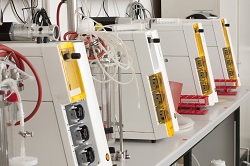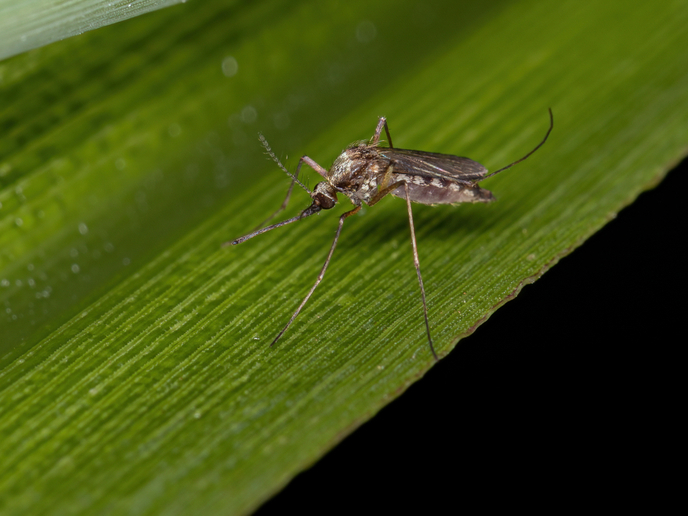Exploring fungal biodiversity for the next generation of medicines
There is growing concern that the overuse of antibiotics globally has led to a pronounced rise in multiresistant bacteria, that cannot be controlled by the current range of drugs. Researchers are exploring a wide range of potential bioactive molecules, as sources for new pharmaceuticals, including amongst filamentous (thread-like) fungi, due to their generation of natural products called secondary metabolites. The EU-funded QUANTFUNG (Quantitative Biology for Fungal Secondary Metabolite Producers) project was set up to further explore these fungi. Support from the Marie-Curie Action ‘Initial Training Networks’ fund enabled 15 young scientists to work on fungal biotechnology, focusing on the discovery of secondary metabolite gene clusters, targeted activation of gene clusters, quantification of secondary metabolites in industrial hosts and bioactivity testing to identify their mode of action. Already the project has generated notable results which have caught the attention of the research community. These include the establishment of a CRISPR/Cas9 based genome editing tool for the fungus Penicillium chrysogenum, the sequencing of nine different Penicillium genomes and the identification of 1317 putative secondary metabolite gene clusters within them, and the establishment of a multi-gene expression system in the fungal cell factory Aspergillus niger, as a tool for the production of secondary metabolites. Bioengineering fungal organisms The search for promising bioactive fungal products actually extends well beyond the antibiotics crisis and encompasses the need for novel drugs for multiple human health problems including a variety of cancers and neurodegenerative diseases. For the QUANTFUNG team this quest necessitated the bioengineering of fungal organisms, using cutting-edge synthetic biology tools to give them new characteristics. One such tool was the gene-editing technique, CRISPR/Cas9. The team wanted to identify the genes that encode the biosynthetic pathway responsible for forming the secondary metabolite, calbistrin, found to have anti-cancer properties. They first investigated the structure of the fungal compound to identify enzymatic activities likely to contribute to its formation. By comparing the genome sequences of three species of fungi that all produce this calbistrin, the team was able to predict which genes are likely to be responsible for coding for secondary metabolite. Once they had identified the likely gene cluster, the team used CRISPR/Cas9 to delete those genes, finding that the resultant mutant strains indeed no longer produced calbistrin. As project coordinator Professor Vera Meyer, summarises, “The different techniques used by the team members of our consortium along with the knowledge gained, could lead to the development of new metabolic engineering strategies to improve the production of medicinal products such as calbistrin in fungal cell factories. This would be of benefit for a range of health applications, especially those designed to tackle cancers.” Getting from promising results to a new class of drugs One of the hallmarks of the QUANTFUNG project was its multidisciplinary nature whereby the expertise of its 11 early-stage (ESR) and four experienced researchers (ER), ranged across modelling, network analysis, systems biology, molecular biology and synthetic biology. The training included periods spent in different QUANTFUNG laboratories and secondments as part of public and private sector collaborations, to achieve new secondary metabolites for health, nutrition, agriculture or health applications. Professor Meyer puts some of the project success down to this multidisciplinary approach, along with the mobility required of the students, both physical and intellectual. As she reflects, ‘There are so many complementary effects to everyone studying the same phenomena, in this case in fungi, working towards the same goal but with different tools, methodologies and backgrounds. That’s how you actually make breakthroughs.’ The collective project efforts have also generated comparable data sets useful for further research. As Professor Meyer elaborates, ‘QUANTFUNG is a good starting point for future researchers as the fellows really got to know the various procedures and techniques in the labs where they were based. With a longer-term funding commitment, this could enable standardisation within the field, actually leading to new classes of drugs and antibiotics, feasible given the involvement of industrial partners in our network.







